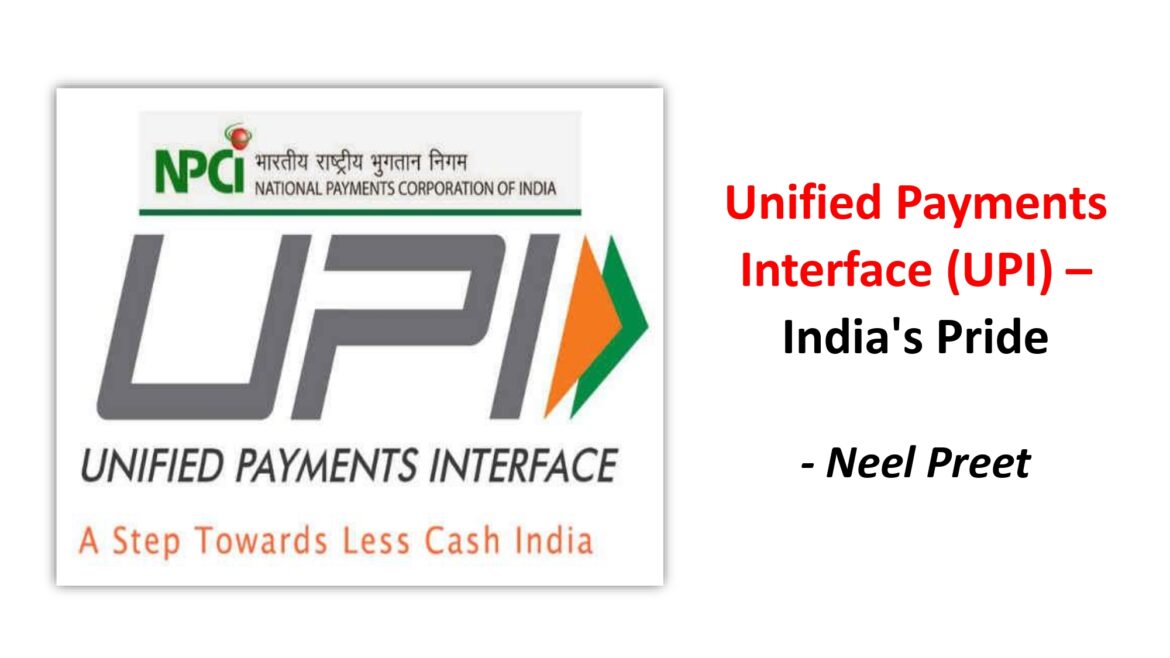In this age of Fintech Revolution, nobody can deny that India’s Unified Payment Interface or the UPI is the biggest revolution when it comes to instant payment/money transfer. Well, the world has recognised the UPI as the best & the most comfortable mechanism for instant money transfer. In India, the trend of carrying out payments or money transfers via UPI is touching new heights every year. With each year the transactions carried out via UPI is getting higher than the previous year. In addition, the recent trends shows that most of the people who carry out online money transfer on a regular basis have opted for the UPI mechanism!
Whereas, among the young generation UPI has completely replaced the traditional methods of money transfer like NEFT and RTGS. Moreover, these are still the beginning years of UPI so now you can very well imagine that to how many multifold is the UPI going to grow in the coming years. According to some of the financial technology experts around the world, India’s UPI is the future of the payment system and eventually the world is going to adopt it. Even currently, many countries have already adopted the UPI mechanism from India, which not only includes the Asian nations but also the European nations. Whereas, the United States of America (USA) is showing its reluctance as it is hard for the Americas to accept the fact that other countries can come up with some better technologies than them.
However, even the Americans knows the benefits & utilities of the UPI so there is a chance that sooner or later they will agree to adopt India’s UPI and give India a proposal of adding them as a partner in this venture. Else, the Americans will simply copy India’s UPI mechanism and present their own version of the UPI system into their domestic market. Nevertheless, they cannot keep themselves away from the UPI system for a very long time so they will come out with either of options. Well, these things are enough to prove the worthiness of the UPI mechanism of payment/money transfer. UPI is undoubtedly India’s greatest intangible achievement as ever since its launch it is making its mark around the world and proving its utility among the users too!
Well, these statements are enough to present the utility of the UPI and many of us are even using this UPI mechanism to transfer money & payments on a regular basis. However, most of us do not know much about the working mechanism of UPI and some other basic details about the UPI. Therefore, what is Unified Payment Interface or the UPI? Well, Unified Payments Interface (UPI) is an instant real-time payment system developed by National Payments Corporation of India (NPCI). The interface facilitates inter-bank peer-to-peer (P2P) and person-to-merchant (P2M) transactions. It is used on mobile devices to instantly transfer funds between two bank accounts. The mobile number on the device is required to be registered with the bank. The UPI ID of the recipient can be used to transfer money. It runs as an open source Application Programming Interface (API) on top of Immediate Payment Service (IMPS), and is regulated by the Reserve Bank of India (RBI).
As of September 2022, there were 358 Banks available on the UPI platform with a monthly volume of 6.7 billion transactions amounting to ₹11.16 lakh crore (US$ 140 billion). Now, these figures are enough to present us with the growing demand of the UPI and as Indians, we should be proud of the financial technology revolution that our nation has introduced to the world. It is indeed a great achievement for the Modi Government as well as for the Indian Financial Institutes like NPCI and RBI that today UPI has gone cross border and proving its worth internationally. At present, countries like Bhutan, Nepal, Malaysia, Singapore, United Arab Emirates, Oman, France and some other countries of the European Union has adopted the UPI payment system, introduced to them by the Government of India!
Written By NEEL PREET – Author of the Books, Voice From The East (2016); Journey With Time Place And Circumstances (2018) & Indian Defence Files (2021).



